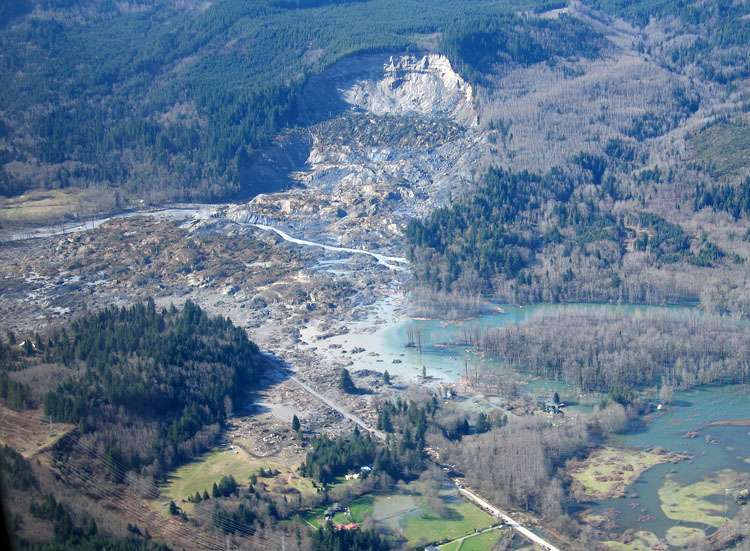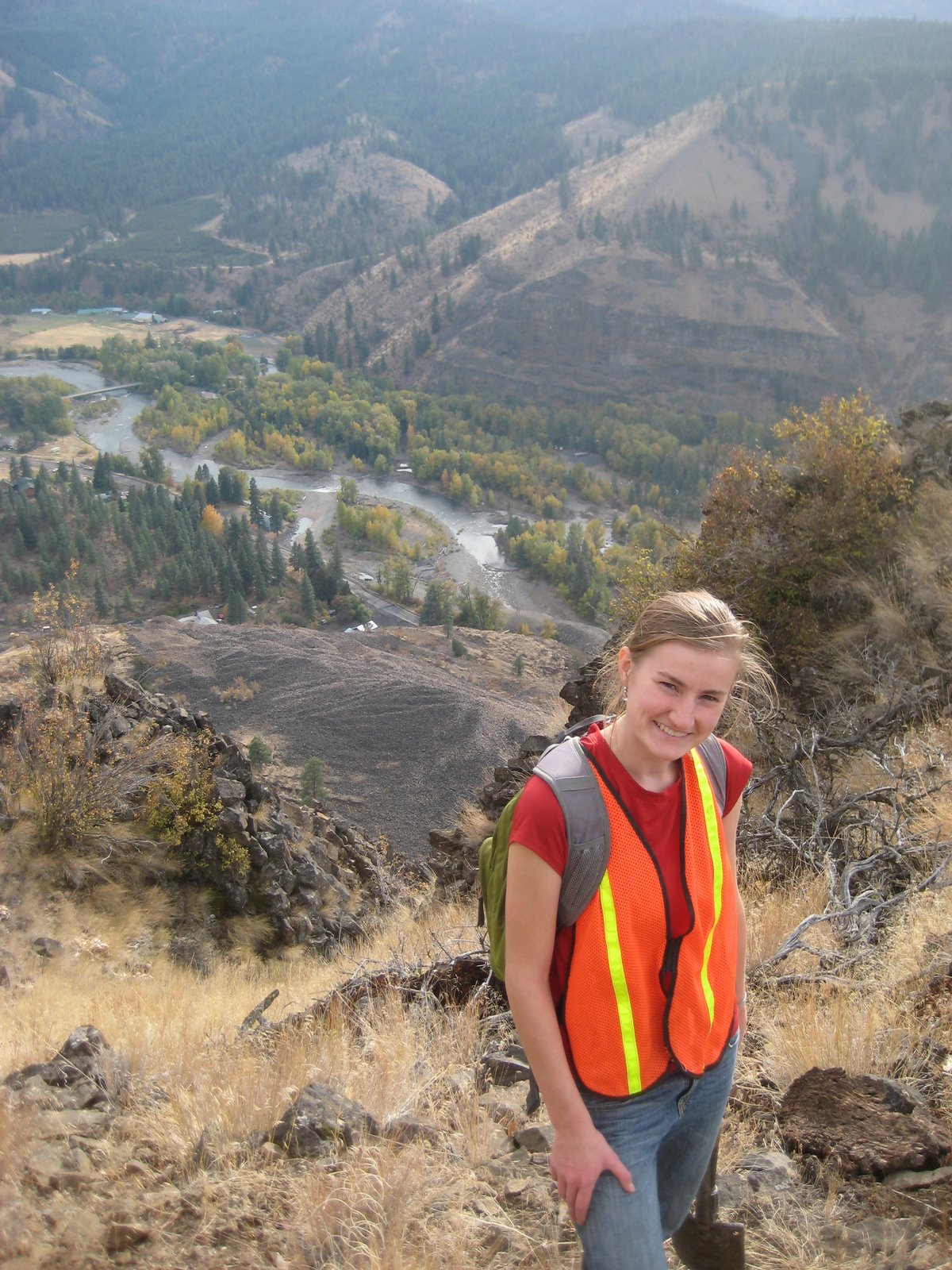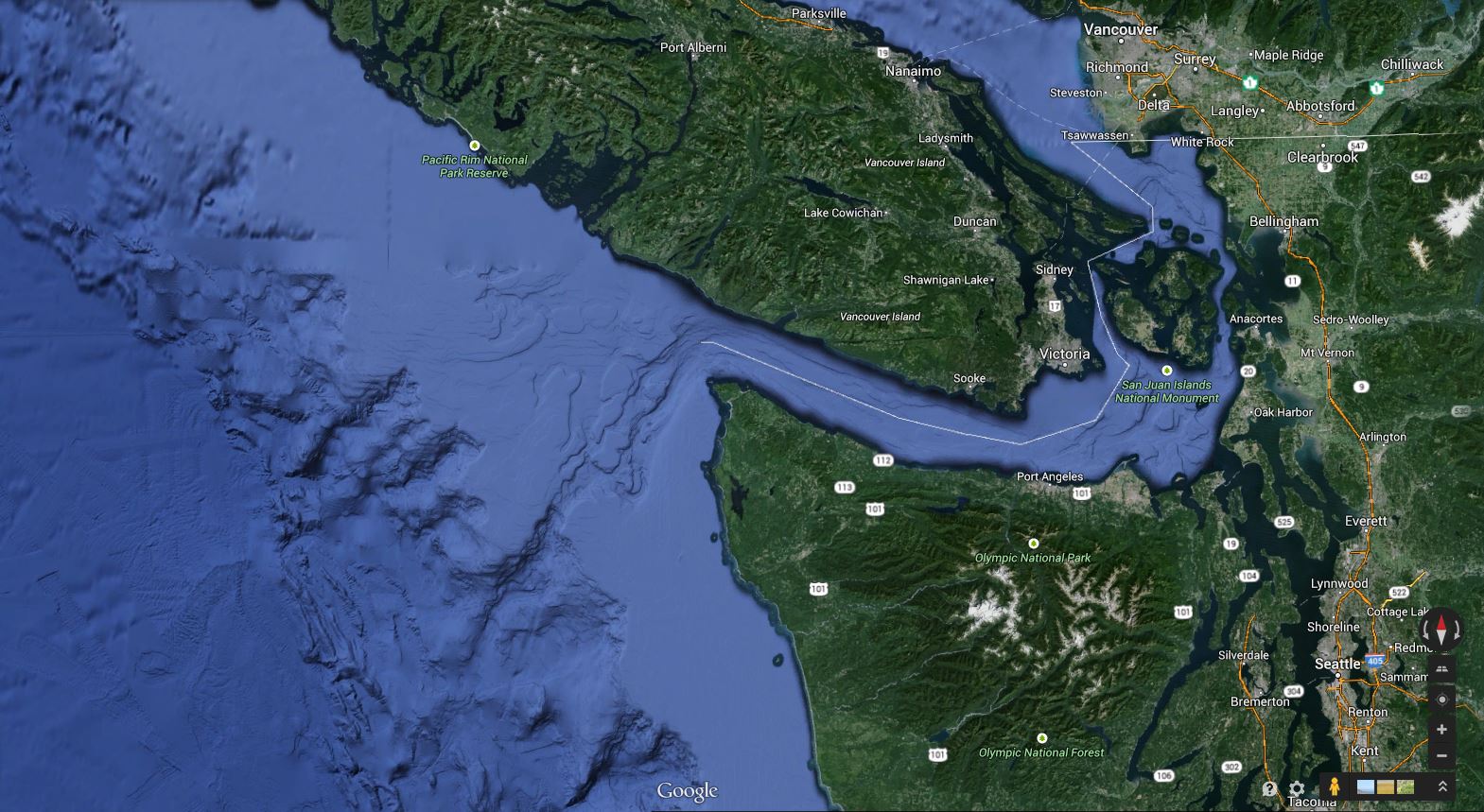An interdisciplinary team of risk analysis experts, engineers, and scientists — including Earth and Spaces Sciences’ David Montgomery — released a report on Tuesday offering details about the Oso landslide that happened earlier this year. The report focuses on observations and data collection where the landslide occurred, reviews nearby geologic conditions and land-use and landslide risk assessments, and collects eyewitness accounts of the disaster.
Read more at UW Today »Geophysicists prep for massive ‘ultrasound’ of Mount St. Helens
Scientists are gearing up to get started in earnest this weekend on a massive collaborative effort to map the internal plumbing of Mount St. Helens. The College of the Environment’s Department of Earth and Space Sciences is playing a major role–lead by professor Kenneth Creager–along with numerous other institutions. The researcher’s goal is to better understand the inner workings of the mountain and other volcanoes in the Cascade Range as in order to better protect nearby urban areas.
Read more at UW Today »Scientists ready to study magma formation beneath Mount St. Helens
University and government scientists are embarking on a collaborative research expedition to improve volcanic eruption forecasting by learning more about how a deep-underground feeder system creates and supplies magma to Mount St. Helens. They hope the research will produce science that will lead to better understanding of eruptions, which in turn could lead to greater public safety.
Read more at UW Today »Meet Kate Allstadt, self-described "present-day geologist"
What would you do in a big earthquake? Do you know how your neighborhood would fare? Would the ground beneath your house hold firm, or turn into liquid, or break loose in a landslide? If you had a few seconds or minutes warning, how would you prepare knowing a devastating earthquake was about to be unleashed? In the wake of the nearby 530 Landslide, these are the kinds of questions researchers like Kate Allstadt ask with increasing urgency.
Read more »Puget Sound’s rich waters supplied by deep, turbulent canyon
The headwaters for Puget Sound’s famously rich waters lie far below the surface, in a submarine canyon that draws nutrient-rich water up from the deep ocean. New measurements may explain how the Pacific Northwest’s inland waters are able to support so many shellfish, salmon runs and even the occasional pod of whales.University of Washington oceanographers made the first detailed measurements at the headwater’s source, a submarine canyon offshore from the strait that separates the U.S.
Read more »





